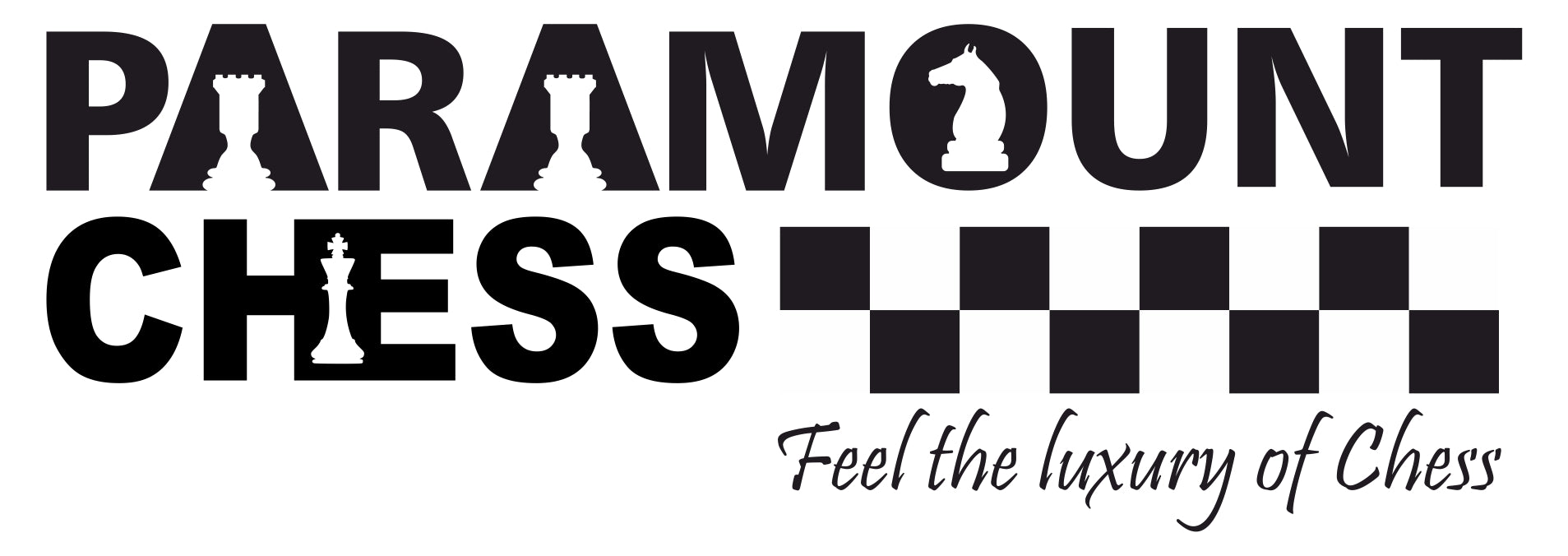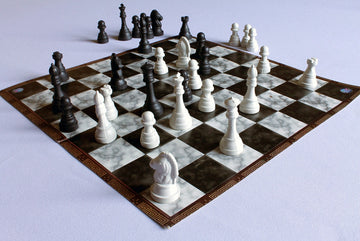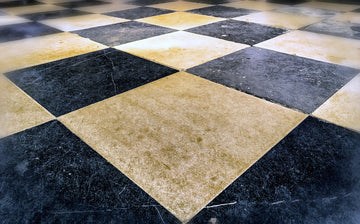
The Caro-Kann Defence is one of the most famous replies to the Kings Pawn Opening (e4). It is named after its creators, English chess player Horatio Caro and the Austrian player Marcus Kann. This is a great opening for players starting out at the intermediate level looking to move up the ranks. It puts black in a great position with a well-developed pawn structure. The Encyclopedia of Chess Openings (ECO) classifies the Caro-Kann Defence into ten codes ranging from B10 to B19.
As compared to other openings such as the French Defence or the Sicilian Defence, this opening is a lot more solid and robust. With that, it does not offer as much flexibility as the French Defence or the Sicilian Defence. Because of the limited lines and theory available on this, it has fallen out of consumption today. Back then, legends such as Anatoly Karapov used the Caro-Kann Defence frequently.

Pros and Cons
The advantages of this opening are:
- Black develops a very sound pawn structure
- The light squared bishop that is usually blocked, is open for development
- Due to its semi-open nature, it is a fairly safe opening
The disadvantages of this opening are:
- Due to the semi-open nature, black may not enough space for development. This is creatively managed by experienced players who are thorough with this opening
- Following the first point, there is a lack of pace in black’s gameplay. This leads to slower development but a solid defence
- The limited lines and theory available on this opening make it predictable. But this also makes it a less complicated game. This aspect makes it a great opening to be employed among intermediate-skilled players

There is just one move involved in this opening which is:
- e4 c6
This is very different from the other openings such as the Sicilian Defence or the French Defence. Unlike those openings, here black does not readily challenge white for control of the center of the board. Instead it prefers to build a solid pawn structure and focus on development of its major pieces.
Before we delve into the mainline variations, it is important that you are well-versed with chess notations. If you are not, check out our article on chess notations below:
Now, let’s have a look at some of the mainline variations
Modern Variation
This is the variation that is often recommended by various chess masters as the best reply to the Caro-Kann Defence. Black has a much better pawn structure as compared to white and it is looking to attack the e4 pawn. White replies suitably by moving its knight to d2. This is not the best position for white to be in, but white can still make the best out of this situation.

The moves involved in this variation are:
- e4 c6
- d4 d5
- Nd2
Here is an interesting game between Viswanathan Anand and Magnus Carlsen that took place at the 2013 World Championships: https://lichess.org/4vjGgx3t
As you can see here, Anand, goes for the classical variation which is very similar to the modern variation. Instead of Nd2, Nc3 can be played. The results are the same. White manages to defend this opening well using the classical variation and the game results in a draw.
Advance Variation
This is another great variation for white to play. It allows the pawn on e4 to advance forward into enemy territory. This creates a solid structure to defend against black and increases the chances of pawn promotion. Another plus point of this is the space advantage available from pushing the pawns forward. Major pieces can easily develop and be used to defend the e5 pawn.

The moves involved in this variation are:
- e4 c6
- d4 d5
- e5
This opening is slightly more pressing than the classical or modern variation. It allows for quick development of white pieces to coordinate a strong attack.
Exchange Variation
On first glance, this opening may look harmless where both sides are equal. While that is correct, further play is not at all similar. The pawn structure that results is the Carlsbad Pawn Structure. Did you know that Bobby Fischer is famous for playing this variation? Yes! Do you still feel both sides are equal now?

The moves involved in this variation are:
- e4 c6
- d4 d5
- exd5 cxd5
With Bd3, Bobby Fischer would transpose into the Queens Gambit Declined variation. This proved quite effective leading to multiple opportunities for development.
Two Knights Variation
Players that are not comfortable with playing the other variations opt for this variation. We all know that two knights together can create havoc on the chess board. All those players that are well-versed with the tactics associated with the knights tend to rely on this variation as opposed to the others.

The moves involved in this variation are:
- e4 c6
- Nf3 d5
- Nc3
It helps greatly to have a bishop pair backing this arrangement. Not only are they a strong support but they also have unlimited diagonal range.
Further reading 1: https://www.ichess.net/blog/caro-kann-defense-complete-guide/
Further reading 2: https://lichess.org/study/4Aqycynk




